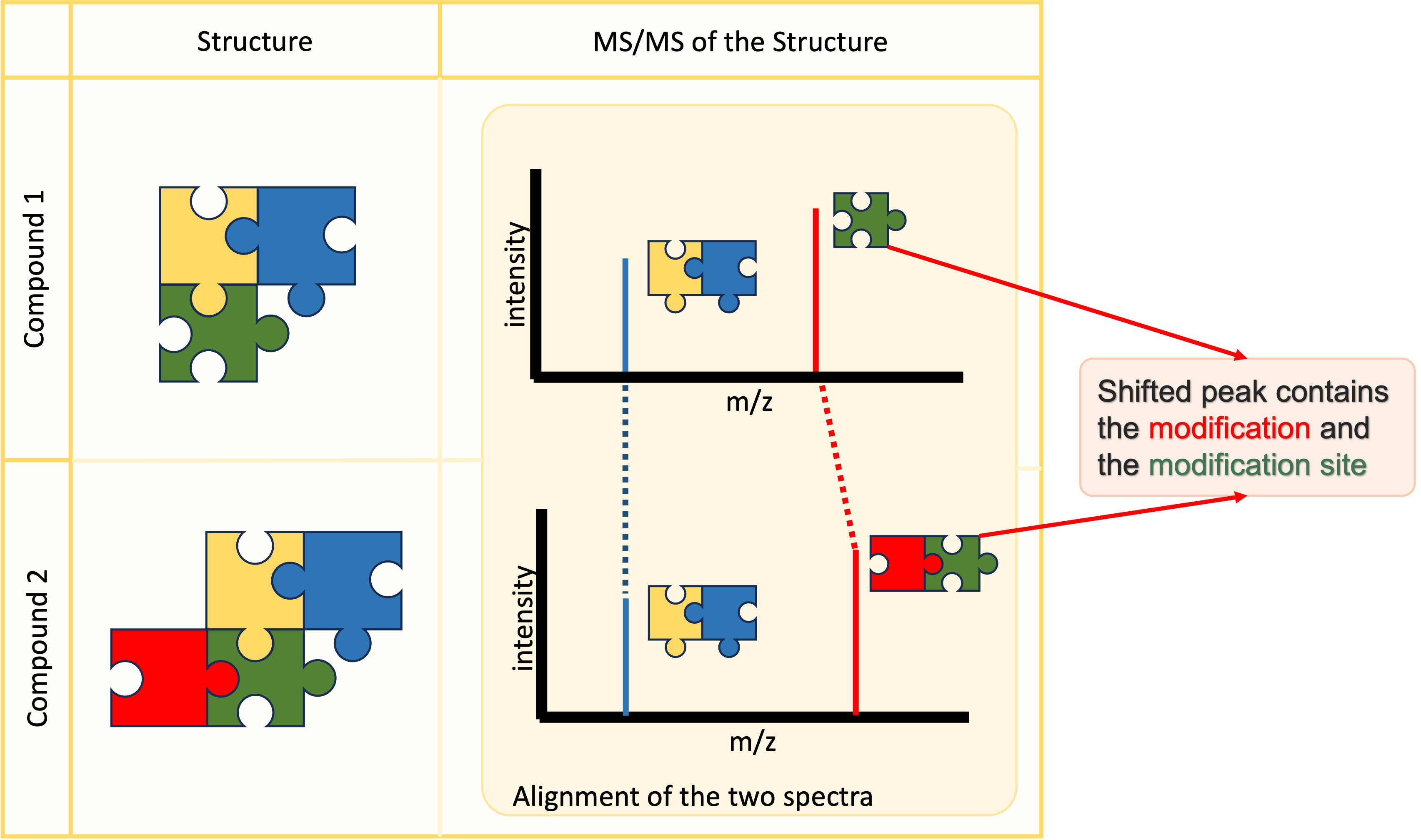ModiFinder¶
ModiFinder is a tool for site localization of structural modifications using MS/MS data. There are several ways to use ModiFinder:
How to Use¶
- Interactive Web Interface: GNPS2 Interface, Tutorial, GitHub
- High-Throughput Workflow: GNPS2 Interface, Tutorial, GitHub
- Python Package Documentation, GitHub
Citation¶
ModiFinder: Tandem Mass Spectral Alignment Enables Structural Modification Site Localization
DOI: 10.1021/jasms.4c00061, PMID: 38830143
@article{doi:10.1021/jasms.4c00061,
author = {Shahneh, Mohammad Reza Zare and Strobel, Michael and Vitale, Giovanni Andrea and Geibel, Christian and Abiead, Yasin El and Garg, Neha and Wagner, Berenike and Forchhammer, Karl and Aron, Allegra and Phelan, Vanessa V and Petras, Daniel and Wang, Mingxun},
title = {ModiFinder: Tandem Mass Spectral Alignment Enables Structural Modification Site Localization},
journal = {Journal of the American Society for Mass Spectrometry},
volume = {0},
number = {0},
pages = {null},
year = {0},
doi = {10.1021/jasms.4c00061},
note ={PMID: 38830143},
}
ModiFinder Theory¶
ModiFinder is developed to focus on finding the modification site between an unknown compound and its known analog.
ModiFinder leverages the principle that minor structural changes in a molecule cause predictable shifts in fragment peaks. If a fragment from an unmodified molecule incorporates a modification, the mass difference between corresponding peaks reflects the modification's mass.
By combining combinatorial fragmentation with peak alignment, ModiFinder effectively scores and localizes these modifications, providing an automated solution for structural analysis.


